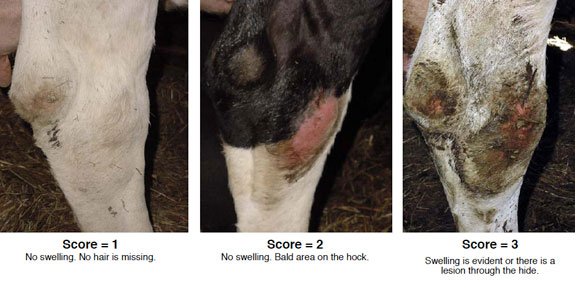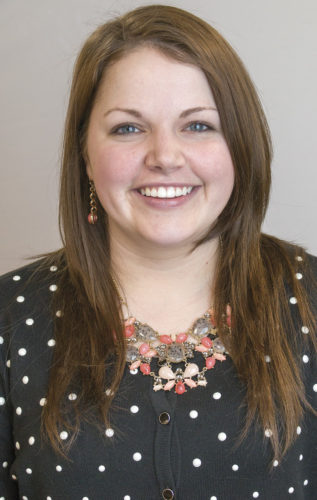An on-farm assessment program developed by Novus International Inc. and the University of British Columbia (UBC) Animal Welfare Program, led by Drs. Marina von Keyserlingk and Dan Weary, is cracking the code in measuring, tracking and improving animal welfare. The acronyms in C.O.W.S. stand for Comfort, Oxidative Balance, Well-Being and Sustainability. Those performing the assessments look at a number of factors including facility design, lying behavior, stall maintenance and the health of hocks and knees.
The assessments first began in 2010 when Novus and UBC undertook a cow comfort benchmarking project, says Novus C.O.W.S. Project Manager Lindsay Collings.
They performed assessments on 43 freestall dairies in California, 40 freestall dairies in the Northeast (New York, Pennsylvania and Vermont) and 35 open lot dairies in Texas and New Mexico.
Since then, the C.O.W.S. program has a database of assessments from more than 150 dairies. The assessments are offered free of charge to Novus customers and the producers they service.
“The results have been eye-opening,” says Collings.

Assessment discoveries
Evaluators found that the average lameness prevalence, including both mild and severe lameness, was about 30 percent in dairies in California, Texas and New Mexico. It was about 42 percent in the Northeast, with some farms having lameness as high as 88 percent and as low as 5 percent.
A wide variation was found in every region, Collings says.
“There are a multitude of factors that go into those numbers,” Collings says. “The type of bedding, management practices, herd size. Those all played a role. Regardless of the reason, figuring out why cows were lame was part of our follow-up discussions.”
After receiving an on-farm assessment, producers are given a report of the findings. The report compares their data with the benchmarking data from other dairies in the region.
Evaluators encourage the producers to get their hoof trimmer, herdsman, veterinarian and nutritionist and other team members involved in taking the next steps for treating lameness and in improving overall cow comfort.
“Issues are going to be herd- specific, so the solutions need to be herd-specific as well,” Collings says. “It’s best to bring a team of experts together to determine what is practical for that specific herd.”
After the initial round of assessments in 2010, evaluators have performed about 30 reassessments.
“Through reassessments, we have seen producers make incredible improvements in cow comfort,” Collings says. “Some improvements are a result of large changes, like switching from waterbeds to deep-bed sand, but others are smaller and have minimal cost, like changing the parlor routine to minimize the time cows spend out of the pen or altering the footbath protocol.”
Evaluators have found that deep-bed sand is best for hock health and lameness, but producers can be successful with mattresses if they are managed properly.
Collings says the evaluators have also learned that lameness has many different facets.
“Lameness is a multifactorial issue. It can have many causes, including hoof diseases, upper leg injuries and joint problems,” she says. “Cows identified as ‘lame’ may or may not have a visible hoof issue, as lameness is defined by abnormal locomotion. This does not mean that these cows are not lame, but means they require a different solution.”
Next steps for the program
While the C.O.W.S. program does not yet have a benchmark for the Midwest region, they have performed a handful of assessments, with several more planned in the near future.
Early discoveries lead them to believe that while many operations in the Midwest align with the Northeast region, some, including several in Indiana, are much more comparable to California.
Evaluators are also building relationships with several nutrition groups and university extension researchers. Novus and UBC have presented research findings through outlets like the American Dairy Science Association.
“We want to keep giving updates to what we’re doing and present the science and the reasons why behind the procedures and protocols we’re using to assess cow comfort,” she says.
Collings also says Novus is encouraging nutritionists to invite additional dairy operations to receive an assessment.
Regardless of whether or not this assessment is performed, Collings has some best management practices when it comes to lameness.
“Successful lameness management requires a systems approach beyond traditional hoof care,” she says. “We urge producers to tackle the lameness challenge by optimizing cow comfort through improvements like minimizing overcrowding and maintaining good standing and lying surfaces. They should also be monitoring lameness regularly to both measure and manage it.” PD
To learn more about the C.O.W.S. program, contact Collings by clicking here or Novus Dairy at (314) 576-8886.






